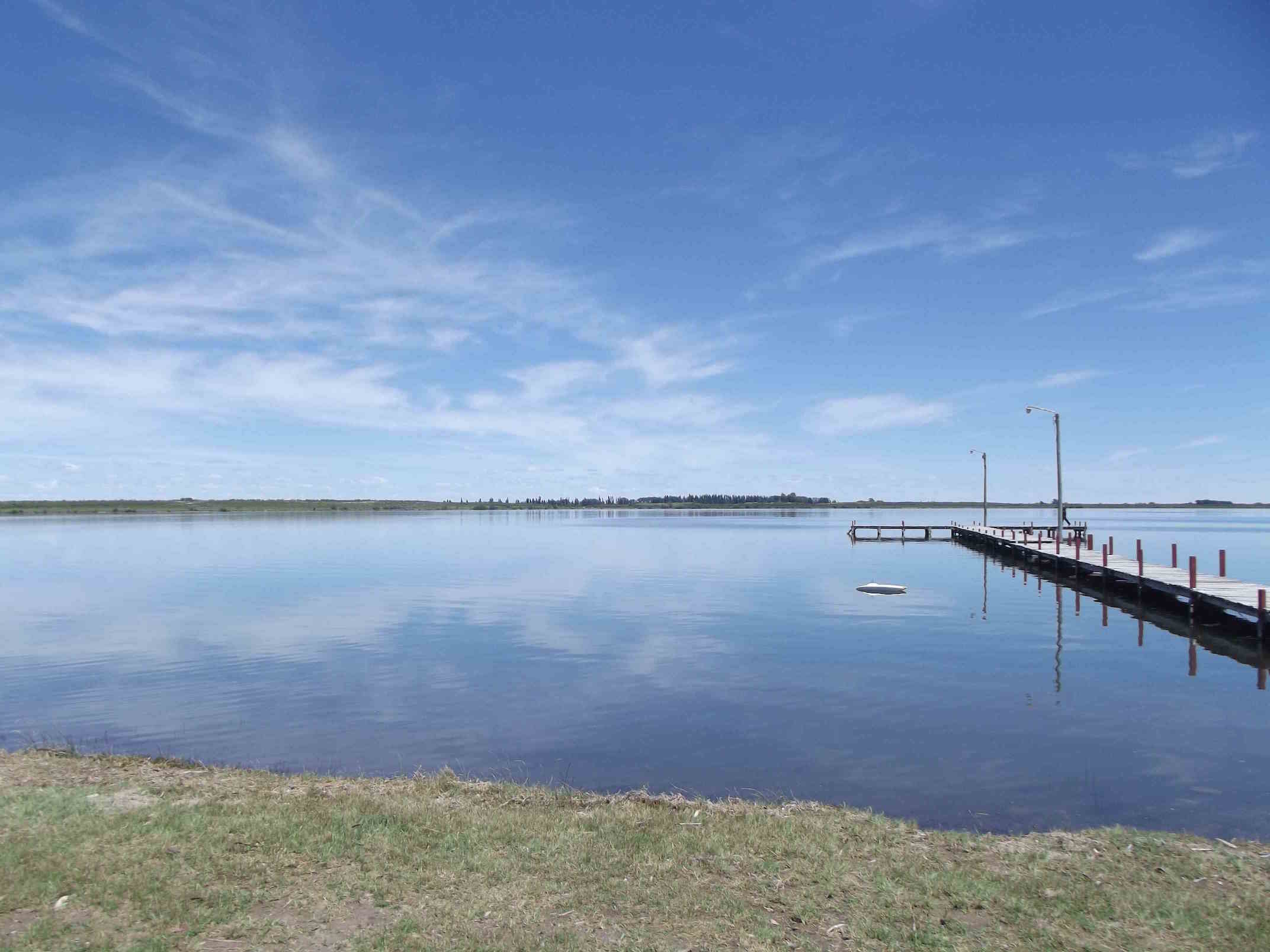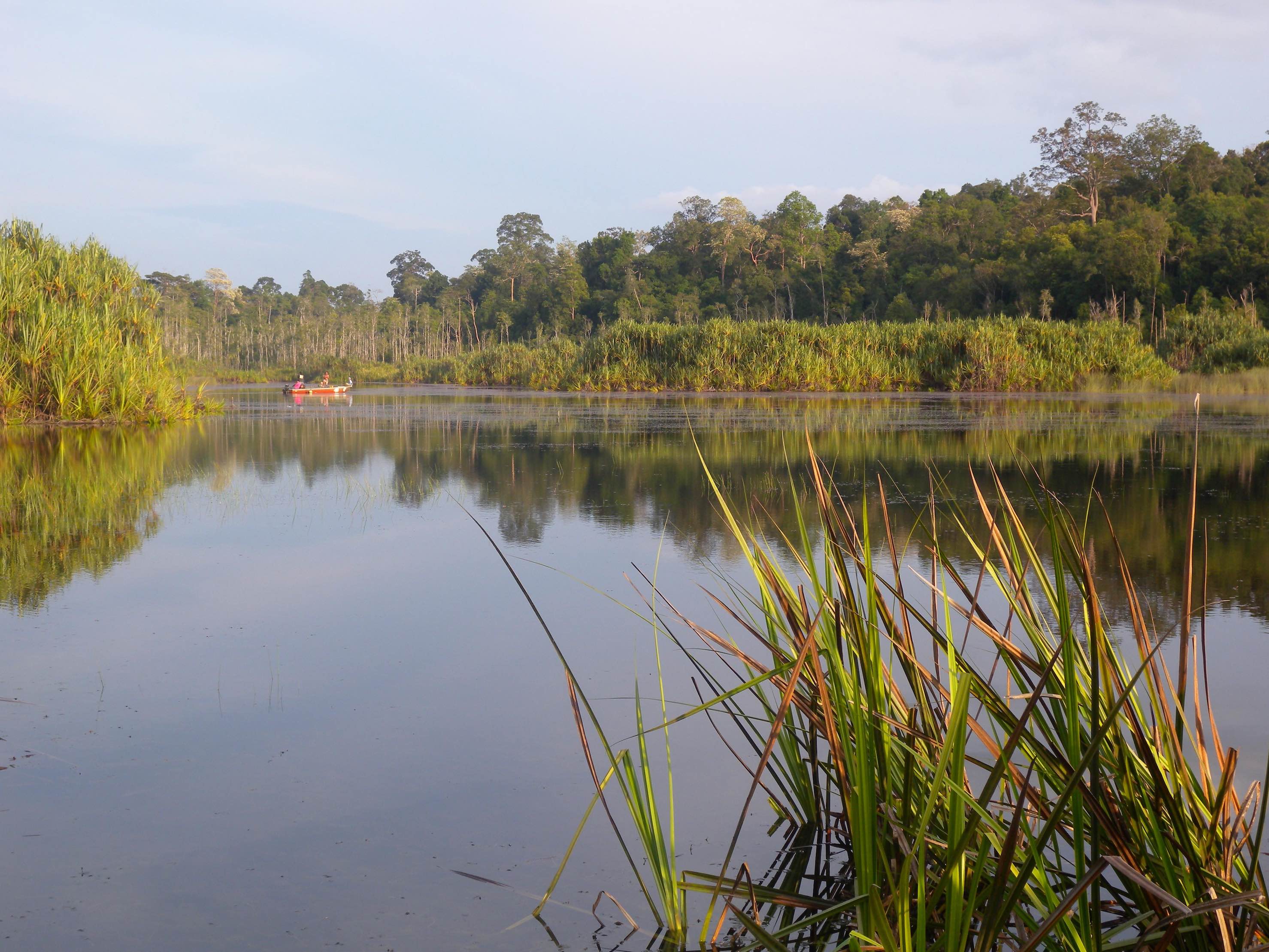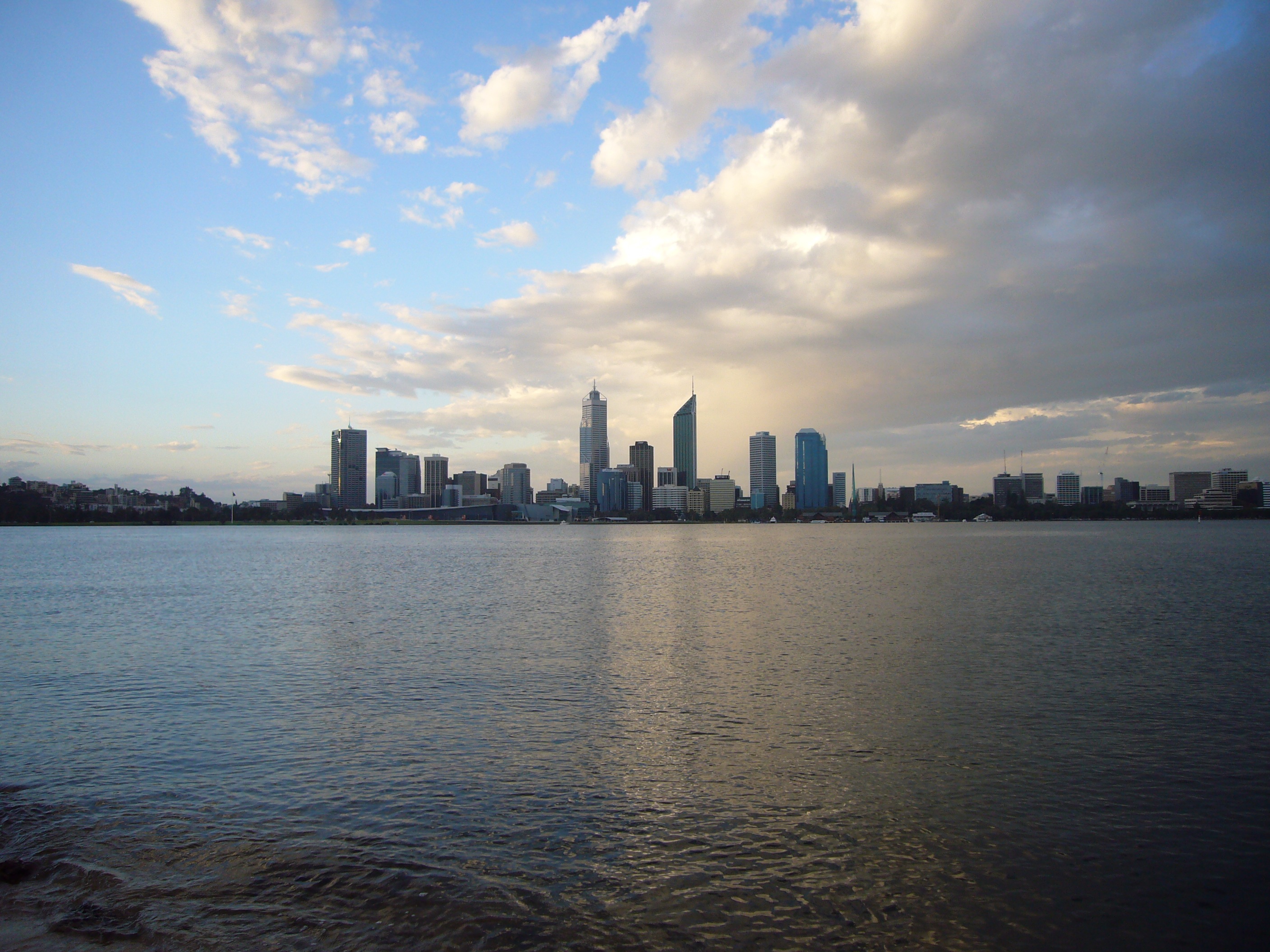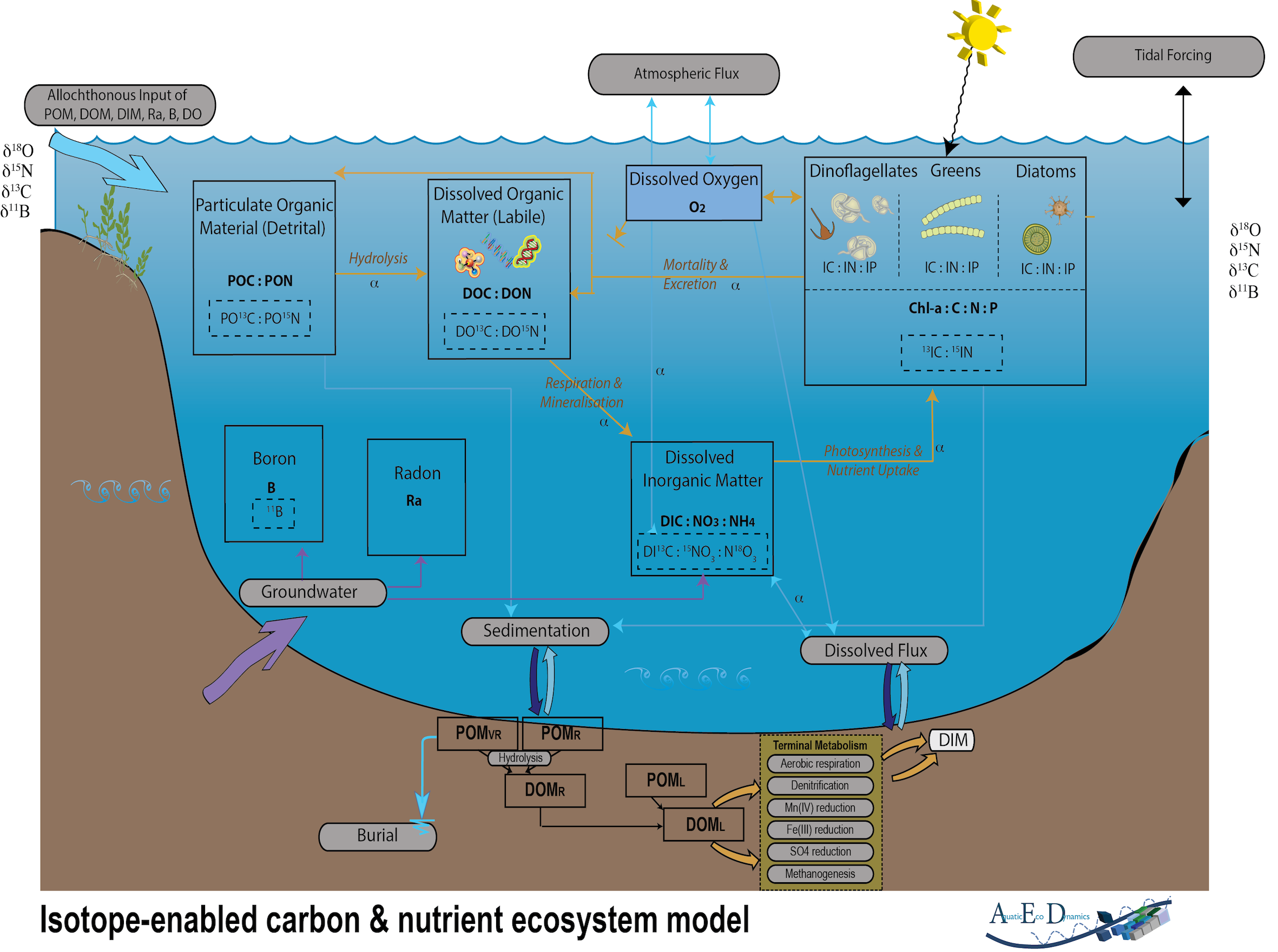-
 AED water quality and aquatic ecology modelAn open-source aquatic ecology model for scientists and managers
AED water quality and aquatic ecology modelAn open-source aquatic ecology model for scientists and managers -
 Easily coupled with 1D/2D/3D hydrodynamic modelsA powerful, advanced, and user-friendly aquatic ecology model
Easily coupled with 1D/2D/3D hydrodynamic modelsA powerful, advanced, and user-friendly aquatic ecology model



-
 Want to simulate water quality?AED2 is capable of advanced biogeochemical and ecological simulations
Want to simulate water quality?AED2 is capable of advanced biogeochemical and ecological simulations -
 Download now to get started
Download now to get started
Science Basis
The AED/AED2 modelling code-base is a community-driven library of modules and algorithms for simulation of "aquatic ecodynamics" - water quality, aquatic biogeochemsitry, biotic habitat and aquatic ecosystem dynamics. Each module aims to be based on state-of-the-art science sourced from a wide variety of scientific literature, making the library one of the most advanced available to aquatic ecosystem modellers.
Suitability
AED is suitable for a wide range water bodies, including lakes, reservoirs, wetlands, estuaries and coastal waters. It has been applied to many research and water engineering projects across the world. Users select water quality and ecosystem variables they wish to simulate and are able to customize link and dependencies between modules.
Open Access
AED is an open-source project, and the source code is accessible and customisible for specific applications. Modules have numerous options and alternate algotihtms so users can tailor the model to their specific needs.
Blog Posts & Project Examples
SCEVO: Swan-Canning Estuary Virtual Observatory
SCEVO is a not-for-profit initiative to disseminate information about the Swan-Canning Estuary system, and provide online simulations for the benefit of researchers and the Perth community using AED2 coupled with other hydrodynamic and climate models.
Resilience of biogeochemical cycling in the Lower Murray lakes
One of the challenges with complex ecological models is reducing error and quantifying uncertainty. As part of an ARC Discovery Project we are working with Prof Justin Brookes from the University of Adelaide to simulate the Lower Murray River and Lake Alexandrina using novel data-streams to undertake an advanced process validation of the model.
Peel-Harvey water quality & aquatic habitat modelling
As part of an ARC-Linkage project "Balancing estuarine and societal health in a changing environment", AED2 is coupled with 3D hydrodynamic model TUFLOW-FV with aims to produce a predictive decision support tool for helping identify land-planning solutions in response to fast growing population and changing climate.
Unravelling nutrient pathways from the catchment to the ocean using an isotope-enabled model
The AED model is used with TUFLOW-FV to unraveling the complex sources, delivery pathways and cycling of nitrogen along a sub-tropical freshwater-marine continuum. This study is significant because the combination of these 3 approaches will for the first time provide an unprecedented understanding of the complex processes involved in nitrogen cycling along a whole freshwater-marine continuum.




